

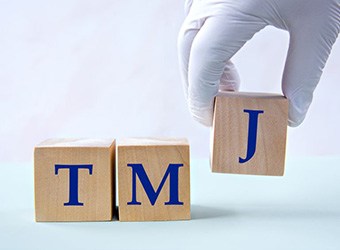
Do you frequently experience jaw pain and stiffness? If so, you might have temporomandibular joint (TMJ) disorder, which is also known as TMD. This common condition can cause ongoing problems if it does not receive timely care. Fortunately, finding lasting relief is usually not difficult. Our Prince Albert team offers a range of non-surgical solutions to help relieve your discomfort and improve your quality of life. Get in touch with us today to schedule a consultation.
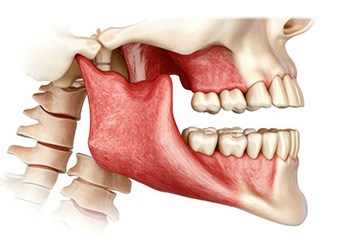
Your temporomandibular joints are located just in front of your ears; they control movements of your lower jaw. When they become damaged or inflamed, you may start to experience symptoms of TMJ disorder.
TMD may be due to a range of different causes, such as injuries, arthritis, dental misalignment, teeth grinding, and more. In some cases, the cause remains unknown. It can affect virtually anyone.
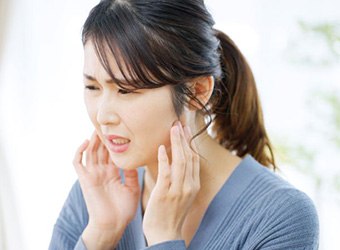
TMD can cause a broad range of symptoms. Some of the most common are:
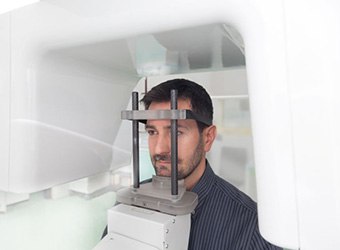
In order to effectively treat your TMD, we need to understand your situation. We may capture images with our advanced CBCT machine, which will allow us to analyze your joint space, condylar position (condyles are bony projections that form part of your joint), and potential degeneration within your TMJs. Based on this information, we can start to formulate a treatment plan.
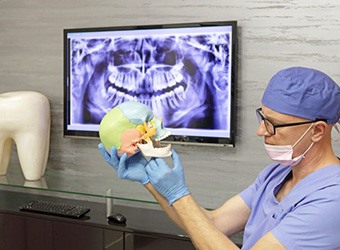
There is no “one size fits all” type of TMJ treatment. After we gather information about your case, we will recommend the most conservative option that fits your situation. In addition to advising you on home care, we may also recommend a professional therapy, such as one of the following:
An occlusal splint is a special type of oral orthotic device that can stabilize the TMJs, prevent teeth grinding, and provide pain relief. With proper use, many people find that their occlusal splint provides long-lasting results.
In some cases, TMD is due to minor misalignments in the way the teeth fit together. During equilibration, we may slightly alter the biting surfaces of your teeth, crowns, or other restorations. This can help your upper and lower jaws work better together and reduce strain on your TMJs.
TMJ problems are sometimes associated with sleep-disordered breathing, such as snoring or sleep apnea. We might recommend that you start using a mandibular advancement device (MAD), which is sometimes simply called an oral sleep appliance. It can slightly reposition your lower jaw and facilitate approved breathing. We often favor the Lamberg Sleepwell Appliance because we find that it is effective for many patients.
Myofunctional therapy is a special type of physical therapy. It can train you to use your oral structures in the proper way. For example, it can support proper breathing, biting, and swallowing. Our in-house dental therapist is well-qualified to provide this type of treatment.